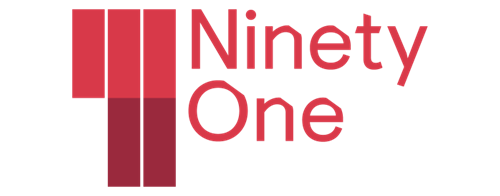Haroon Bhorat Chair: Investment Committee at Sygnia
The recent statement by one of the country’s leading bankers that South Africa’s unemployment rate was grossly over-stated as a function of our poorly measured informal sector deserves closer reflection – if only because it goes to the heart of one of our domestic economic policy challenges. Both statements – a very high and very low level of unemployment – can be true depending on the sample.
I suspect the Capitec CEO made his inference from an internal sample, where a large number of bank accounts held by individuals seem to derive income without any ostensible formal registration attributes (such as a VAT number or personal income tax number). Similarly, an NGO in a local township may find that frenetic informal sector activity belies national estimates. But a critical and very common assumption is made when analysing such sub-national statistics – that what is true at a local level must translate to a 1:1 relationship at national level. So a township with 40 000 informal firms from a population of 100 000 does not in fact mean that the national informal sector rate is 40%.
One of the roles of national statistics is to avoid this common error of “aggregation bias” – that what we see locally must be true for the economy as a whole. Many of my colleagues in academia have noted over the last few days that the Statistics South Africa data on unemployment, informality and the self-employed are correct. These data may not be technically perfect around, for example, weighting (admirably resolved by colleagues at the University of Cape Town), but they are not mismeasuring the unemployment rate by over 20%! South African economists have spent the better part of three decades analysing and engaging with the nationally representative statistics provided by the Quarterly Labour Force Statistics, General Household Survey and other national surveys. Often not appreciated by non-academic audiences is that these economists use the underlying unit record data to analyse indicators such as self-employment, informality and unemployment. It is a serious, statistically rigorous business that should not be underestimated.

In broad terms, the data consistently show that South Africa simultaneously has one of the highest unemployment rates in the world (33.6%) and one of the lowest rates of informality (about 16.3%). Imminent research findings will also show that the average emerging market’s labour-market ratio of wage-employed to informally employed to unemployed is 45:45:10, but for South Africa it is 50:16:34. Most emerging markets do not close their labour markets by achieving much higher levels of wage employment than us but by permitting a relatively unhindered informal economy.
I am empirically satisfied that the most important reason for South Africa’s inordinately high unemployment rate is not poor employment elasticities, restrictive labour regulations and the like but an economy designed in so many different ways to stymie the informal sector.
For now, it is important to recognise that while personal engagements with clients, suppliers and consumers at local level may suggest high rates of informality and lower rates of open unemployment, the nationally representative, stratified data of Statistics South Africa correctly and respectfully disagree.

ENDS

























































































